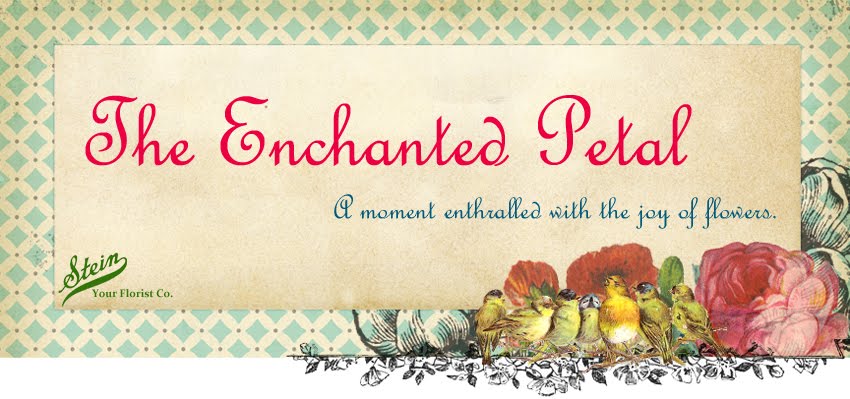 Day 231 -
Make your own preservative to keep cut flowers fresh longer. Dissolve 3
tablespoons sugar and 2 tablespoons white vinegar per quart (liter) of warm
water. When you fill the vase, make sure the cut stems are covered by 3-4
inches (7-10 centimeters) of the prepared water. The sugar nourishes the
plants, while the vinegar inhibits bacterial growth. You’ll be surprised how
long the arrangement stays fresh!
Day 231 -
Make your own preservative to keep cut flowers fresh longer. Dissolve 3
tablespoons sugar and 2 tablespoons white vinegar per quart (liter) of warm
water. When you fill the vase, make sure the cut stems are covered by 3-4
inches (7-10 centimeters) of the prepared water. The sugar nourishes the
plants, while the vinegar inhibits bacterial growth. You’ll be surprised how
long the arrangement stays fresh!
Day 232 -
Everyone likes to keep cut flowers around as long as possible, and there are
several good methods. One way is to mix 2 tablespoons apple cider vinegar and 2
tablespoons sugar with the vase water before adding the flowers. Be sure to
change the water (with more vinegar and sugar, of course) every few days to
enhance your flowers’ longevity.
Day 233 -
Many cut flowers live longer when sugar is added to their water. Flowers get
food from the plant on which they grow. When they are harvested or cut from
this plant, they lose their natural food source. Flowers are cut before they
are fully mature so that they have a longer bloom life. The cut flowers use
food stored in the stems and leaves to stay fresh and continue blooming. If
they do not get enough food, the leaves and flowers wilt. Young buds may not
fully open. Food can be added by mixing sugar in the vase water. The dissolved
sugar is absorbed through the cut stem and used by the flower.
Day 234 –
Rudbeckia hirta, black-eyed Susan, is a species of flowering plant in the
family Asteraceae, native to the central United States. It is one of a number
of plants with the common name black-eyed Susan. Other common names for this
plant include: brown-eyed Susan, brown Betty, gloriosa daisy, golden Jerusalem,
Poorland daisy, yellow daisy, and yellow ox-eye daisy. These are locally grown
#Jerseyfresh
 Day 235 – Lavandula (common name Lavender) is a
genus of 39 species of flowering plants in the mint family, Lamiaceae. It is
native to the Old World and is found from Cape Verde and the Canary Islands,
southern Europe across to northern and eastern Africa, the Mediterranean, southwest
Asia to southeast India. Many members of the genus are cultivated extensively
in temperate climates as ornamental plants for garden and landscape use, for
use asculinary herbs, and also commercially for the extraction of essential
oils. The most widely cultivated species, Lavandula angustifolia is often
referred to as lavender, and the color is named for the shade of the flowers of
this species. These lavender flowers are #Jerseyfresh
Day 235 – Lavandula (common name Lavender) is a
genus of 39 species of flowering plants in the mint family, Lamiaceae. It is
native to the Old World and is found from Cape Verde and the Canary Islands,
southern Europe across to northern and eastern Africa, the Mediterranean, southwest
Asia to southeast India. Many members of the genus are cultivated extensively
in temperate climates as ornamental plants for garden and landscape use, for
use asculinary herbs, and also commercially for the extraction of essential
oils. The most widely cultivated species, Lavandula angustifolia is often
referred to as lavender, and the color is named for the shade of the flowers of
this species. These lavender flowers are #Jerseyfresh

































